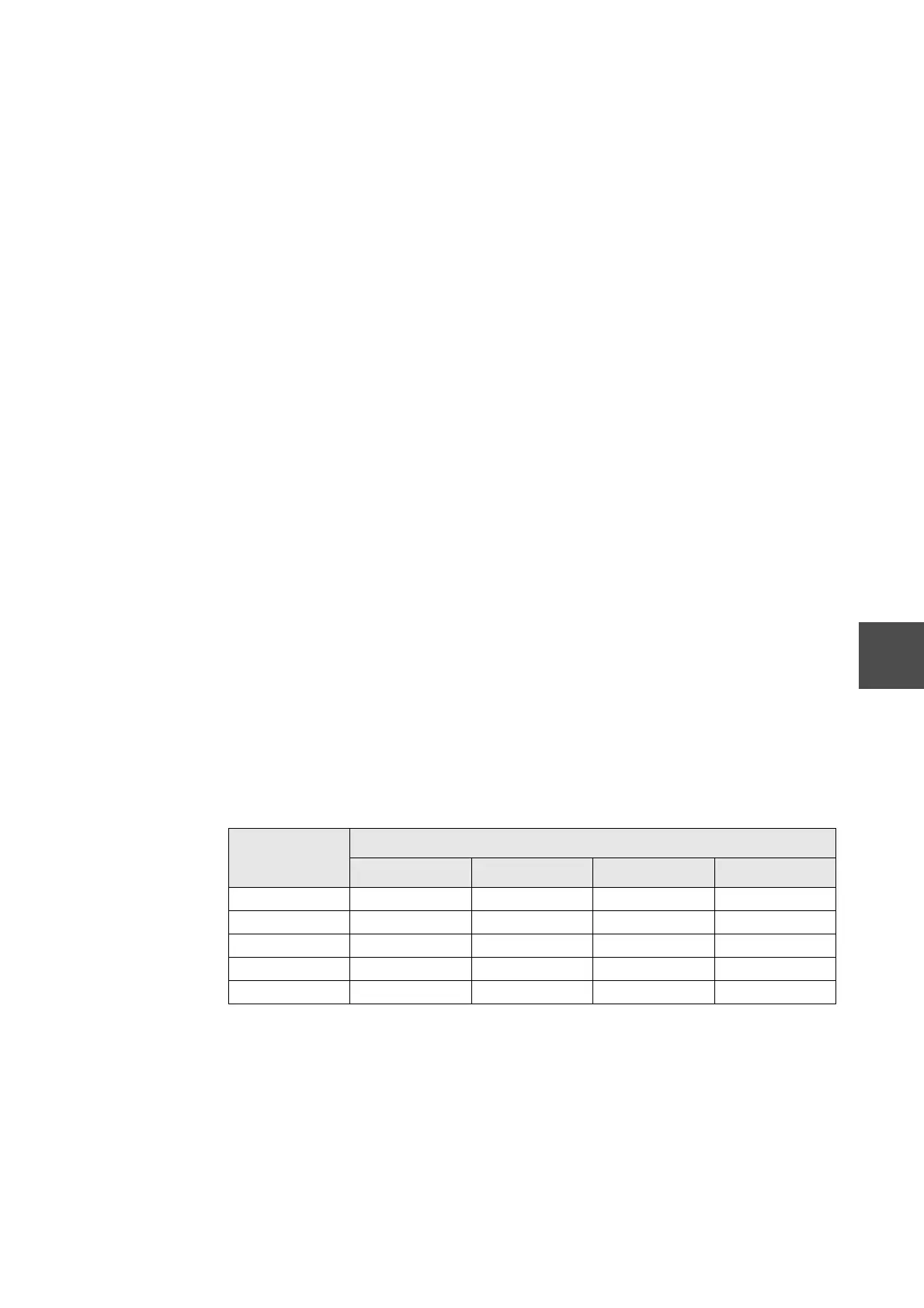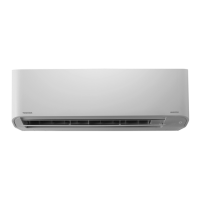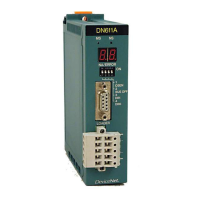6F8C0904 209
9.4 Network Wiring
9
(b) Overview of wiring without protective pipes
1) To protect the cables, cables should be passed through flooring ducts or wire
protecting cable covers should be used.
Note that these cables should not be laid adjacent to cables carrying high
currents.
2) Lay cables in gaps in the walls so that they will not be damaged, and run
cables under the flooring under equipment so that electromagnetic
interference will not occur.
3) Observe the applicable cable separation standards when running cables in
parallel with, when crossing, or when approaching low-voltage indoor power
lines.
4 Fasten cables every 3 meters so that the cables are not damaged when
attaching cables to walls to position the away from the floor, or when running
cables vertically.
5) When bending cables, be sure that the radius of curvature of the bend does
not exceed the bending limit for the cable used.
(c) Notes on piped cabling
1 Do not run coaxial cable and lines carrying high currents in the same pipe.
2 When bending pipes, do not bend pipes to an angle sharper than 90 degrees.
3 When bending pipes, the radius of curvature must be at least 6 times the
internal diameter of the pipe, and must be no smaller than the minimum radius
of curvature for bending of the enclosed cables.
4 Ground metal pipes.
(d) Separation from other wiring
As a general principle, coaxial cable should be separated by at least 2 meters
from power lines and equipment that generates electric or magnetic fields. If it is
difficult to achieve a separation of 2 meters, look up the actual voltage and
current of the induction source in the table below to determine the separation
distance. However, since transmitted signals are weak signals, restrict induction
sources to no more than 440 volts and 100 amperes.
Considering resistance to noise, we recommend using either covered metal cable ducts
or protective steel pipe. Table 9-3 lists the recommended minimum separations for
parallel lines in this case.
Table 9-2 Recommended Minimum Separation Distance
Induction source:
Voltage/Current
Minimum separation for parallel lines (mm)
Over 100 A Up to 100 A Up to 50 A Up to 10 A
Over 440 V 2000 2000 2000 2000
Up to 440 V 2000 600 600 600
Up to 220 V 2000 600 600 500
Up to 110 V 2000 600 500 300
Up to 60 V 2000 500 300 150

